|
By Manuel Players: 1 Platform: Nintendo Switch, PlayStation 4, PlayStation 5, PC The Legend of Heroes: Trails Into Reverie is a JRPG in the long-running Trails series from Nihon Falcom. It originally released on the PlayStation 4 in Japan back in 2020 and it is now available in the US on the PC, the Nintendo Switch, and PS4 and PS5. This comes following NIS America's valiant efforts to catch the West up to the Japanese releases of the series, Trails Into Reverie seeks to close out the Crossbell and Trails of Cold Steel titles in the series, and brings us up to speed with no more mainline games missing games from the continuity. Is this the game that's finally going to convince you to jump into the series? And is it the conclusion that fans have been hoping for after all these years? Well, we're going to take a swing at answering those questions and more below! Trails Into Reverie opens five months after the Great Twilight in an occupied Crossbell. The city is liberated by a cast of characters mainly centered on the members of the Special Security Section (the SSS) led by Lloyd Bannings. With this, Crossbell achieves its independence and the story shifts back and forth between the SSS in Crossbell, and Class VII lead by Rean Schwarzer of the Trails of Cold Steel series. Things come to a head when the ceremony to officially declare Crossbell's independence is interrupted by Rufus Albarea, the former Governor General of Crossbell during its occupation by the Erobonian Empire. He defeats Crossbell's defenders and names himself Supreme Leader and promises to unify the continent under the Crossbell Unified Nation. Rean Shwarzer has problems of his own to deal with as Erebonia's Prince Olivert is missing, apparently at the hands of a mysterious figure named "C". (Though not the "C" from the Trails of Cold Steel series.) You then take control of this "C" and the whole game opens up into an epic tale that closes out the Crossbell and Erebonia Arcs of the Trails series. The game switches between the Lloyd Bannings, Rean Schwarzer, and "C" via the "Trails to Walk" system that lets you freely shift between their stories as you see fit, with them occasionally being locked until progress is made in one or the other. Across these three stories you can recruit dozens of party members (over 50) and meet up with just about everyone you can think of across the previous games. A true love letter for those who have been following the series for years. There's so much more to talk about when it comes to story, and it might sound very confusing to people who don't know the relationships between the characters and regions of this world, but that's what it feels like when diving into this game. I'll talk a bit more about how difficult it is getting into this game, and even about how odd this game tells its story, but I want to clarify that Trails Into Reverie does exactly what it sets out to do. As a conclusion to six previously released games, it does a good job in wrapping up dozens of stories while also giving fans exactly the level of detail they've come to expect in the series. As a standalone game though, it really needs a number after it to clarify that it's as newcomer unfriendly as possible. I suggest something extremely unwieldy like "The Legend of Heroes: Trails of Cold Steel V: Crossbell Reverie" just to really hammer home how connected to a series this game is. Upon starting a new game you're immediately taken to about five windows asking you to transfer data from other games in the series, and this should give you an idea of what to expect as the game goes on. Even having played several games in the series before, I found myself more than a little lost at times when characters and events were mentioned that the game expected me to be fully aware of. It doesn't help that this is the third Trails game released in about a year, so there was a slight feeling of burnout too even if you've been devouring each game as they've been released. I don't want to make it sound like I hate the game though. I think the story is Trails Into Reverie's strong aspect, but it's also as epic as it is bloated and unwieldy. There are several aspects of the game that made it very hard to review. Do I review it on its own merits, or as a part of a long-running series? Do I go in depth about the parts I liked about the story or not since it's full of spoilers past a very early point? There are a lot of unique challenges I came across when setting off to review this game, and I'm not exactly sure I hit everything I wanted to. That's probably to be expected though as this is a Game of Thrones-esque universe that is hard to cut down to a simple "Would the average person like this?" type discussion. I'm definitely going to try though! If there isn't an opposite of the old adage "Show, don't tell" then Trails Into Reverie definitely creates it. There are times when I feel like the entire series could use an editor as there are far too many small stories that don't really need to be told. I'm not even talking about side-quests here, I mean main game scenes that could've been left on the cutting room floor with the narrative probably being stronger for it. This goes back to me thinking that the two Crossbell games (Trails From Zero & Trails to Azure) could've been edited down to one game, and it feels like the opposite problem here in Trails Into Reverie. The game feels like three unfinished game ideas were simply combined into one, and with some of them being not as important as others. The Trails to Walk mechanic is one of the biggest selling points to this game, but to me it represents a failure of storytelling. It comes off as less of a cool, new mechanic and more of a way to combine three otherwise weak storylines together. It doesn't help that the game has over 50 playable characters. There's fan service, and then there's making something that outsiders won't ever play your game because it seems too daunting. The entire liberating Crossbell, Class VII fighting Matteus Vander, and Crossbell being occupied yet again segments feel like they could've been trimmed down to a couple opening cutscenes, but they last a total of about five hours. The game doesn't really start until we first meet "C" after all that, a fact made all the more obvious when the game's intro actually kicks in. If this was a movie series it would be as if the MCU mixed two random Disney+ TV shows into the next Avengers movie, and had viewers jump between them from time to see to see a bunch of mostly uninteresting "Meanwhile" scenes. Once again, the story isn't bad, and I love these characters, but there definitely was a lack of restraint present when it came to what was to be included in the story and what should've been cut. Trails Into Reverie definitely needed a story editor. Combat in the Trails series is an odd beast as it started out rather simply in Trails In The Sky, but each game added more and more mechanics to the point that it's something a bit of an unwieldy topic to explain. I can literally do an entire review just on the combat system, but I'm going to try to keep it brief while also not simply linking to older reviews where I outlined it in length. I will mention that if I were to review the combat system, it would get near perfect marks with the only caveat being how unfriendly it can feel to someone coming to the series for the first time. Though that's largely something that can be said about this game as a whole. Monsters are visible on the overworld maps, so there aren't any random battles to speak of. You can strike a monster or attack it from behind to gain a bonus round, and special options for attacks, at the start of a battle. Monsters can also take you by surprise by attacking you from behind, so you have to be alert. Combat then moves to a turn-based system that is reminiscent of Final Fantasy X where turn order can be adjusted by buffs, debuffs, and attacks. If you play your cards right you can lock enemies out of a turn or two with the right set of actions. Attacks can be in the form of basic strikes, in the form of arts (read: spells), or in the form crafts (read: special attacks). Available arts are largely determined by which quartz you have equipped in your orbment slots (think materia from the Final Fantasy VII universe), and where you've placed them. Crafts are set by the characters themselves, while others that are performed in-tandem with other party members are determined by your relationship with them. Both arts and crafts use up points that are set to each player. There are also Battle Points (BP) which you can use to perform even more special actions like follow up on another party member's critical hit, heal a weak party member, or even perform an all-out attack. Oh, speaking of all-out attacks, you can also perform yet MORE of these that bring in all party members, including those not active, for an even more powerful moves best used on powerful enemies or bosses. Oh, and yes you can do things like use items and adjust your position on the battlefield too. This might sound like I'm dumping a ton of terms and mechanics here, and that's exactly the case. The game does this as well and the combat system feels as needlessly complicated as the narrative at times. Similarly though, this isn't a bad thing as you can largely ignore the most of the minutiae in all but the higher difficulties. If you want a shockingly deep combat system in your JRPGs then Trails Into Reverie has it in spades. If you just want to see some cool attacks and take out a lot of mooks, then you can definitely do that too. Graphics in Trails Into Reverie are an interesting topic as they're very different from the recently released (at least in the US) Crossbell games. Trails From Zero and Trails to Azure were both former PSP games that featured amazing HD sprite graphics in a mostly 2D world. On the other hand, Trails Into Reverie features full 3D graphics and backgrounds, and only uses 2D art for character some of the character portraits. This may seem like an upgrade, but I'm not sure that it is. Most of the character models have a flat look to them and just about any animation is clunky, this is especially notable in the characters that we've already seen in their 2D forms. Walk and run animations look downright silly at times and none of this is helped by a camera that sticks itself directly to the back of the player by default, with no way to permanently move it from this fixed level outside of messing with settings in the options menu. Bad cameras are often hard to explain in writing, but it's something that you'll fight with throughout much of the game. All these points of contention: the default fixed camera angle, emotionless models, clunky animations, and others I didn't feel like mentioning here, are things that weren't present in the 2D games. It's been a while since I played the first two Trails of Cold Steel games (and I have yet to play the final two) so I'm not sure if this is something that began there, but it makes me slightly less excited to eventually play the upcoming Kuro no Kiseki games when they come to the US if they're using a similar engine. I could go on and on about the music in Trails Into Reverie but I'll try to keep it short. Simply put, Falcom Sound Team JDK knocked another game out of the park, and this is another OST to add to the collection to listen to outside of playing. If it were just the music we were talking about regarding sound, I wouldn't have a lot to say. I'd probably end this section naming my favorite tracks and call it a day. Unfortunately there's another large aspect of sound we have to talk about: voice acting. Let me start by saying that the Japanese voice track is awesome, and the game does include it. If you're the type that is going to switch the voices to Japanese immediately then the next parts won't even apply to you. With that said, the English dub is one of the worst dubs I've heard in a long while from a decently high profile release. I'm not sure if it was bad direction, a lack of time, or something else, but so many lines felt like they needed another take at best. This means that main characters, voiced by some pretty big name actors in the industry, will have dozens of often-repeated lines that sound like the worst take possible was chosen to be used in-game. There are even a few main roles that feel as if the actors were trying to sound horrible. I don't want to name characters to avoid calling out specific actors, but there were several throughout that are Garzey's Wing level of bad. It probably didn't help the dub that there are well over a hundred voiced characters, so it also starts getting weird when one voice actor very clearly voices another character in the game; something that I don't think exists at all in the JP cast by the way. I will admit that the sheer amount of recorded lines might explain why even good performances have some horrible bits here and there. Did I mention that the lip flaps don't even match with the dialogue most of the time? I don't want to get into the dub vs. sub debate, and I honestly often prefer dubs wherever they exist, but this just felt like the weakest aspect of the game overall. Another aspect of voice acting, and this goes for the English and Japanese tracks, is when the game chooses to NOT have voice acting. Now I'm not expecting every scene to be dubbed, I would be happy with just the main scenes dubbed and everything else be just text, but what's weird is that Trails Into Reverie seems very inconsistent about what it wants voiced at any one time. Very dramatic scenes that are make and break for the characters will sometimes play out in complete silence. Even worse, sometimes one random line will be dubbed in an otherwise text-only scene and it'll be very jarring. It made me think more than once that the dub wasn't finished in any version, and it took me out of the game more than once. Lastly, while the music usually makes up for most of the problems with the sound I've been talking about, the mix is kind of off by the default settings. This is something I've complained about in several of the Trails games, but Trails Into Reverie seems to offend just a little more as some scenes seem mixed too loud, others feel too quiet, and nothing really feels consistent when it comes to mixing. With all this said, I do want to reiterate that the sound is mostly well-done, I'm just pointing out some issues that I feel mar an otherwise excellent game. With that said, I do I suggest you immediately go into the options menu, lower everything but the music a bit, and change the dialogue track to Japanese. You can thank me later. I've already talked a bit about the camera, and that's usually something I like to cover when I discuss controls. I should clarify a bit and mention that you can indeed adjust the camera with the right analog stick, and change it within the options, but I shouldn't have to mention adjusting default settings so many times in a review. Besides a camera that feels like it's fighting against you, there isn't much to pick apart regarding controls. It's an RPG so there isn't a lot of quick, twitchy controls to get the action going. The only real complaint is that some of the default button choices seem a bit off, though these can of course be adjusted. By default the L1 button is set to fast forward the game during cutscenes, and this is something you're going to want to utilize if you enter into a New Game+, but it's inclusion in the main game seems a bit weird to me. I accidentally hit it many times in my first playthrough, and there is no way to rewind, so I found myself often reloading a save to see a scene that I'd accidentally skipped. Also, actions in battle are mainly laid out by using the face buttons, the d-pad, and even some of the shoulder buttons. It's definitely something you can get used to, and everything is clearly labeled, but it goes back to what I said about the combat system feeling more complicated than it needs to be. Everything else pretty much works fine, though that mainly is due to nothing being complicated outside of figuring out which button does what in combat. Here's hoping future games in the series fix the camera issues, and maybe do something better with that fast forward button, like setting it to off by default on your first playthrough. This is usually where I talk about a game's replayability, and I'll get to that in a bit, but there's something that we have to talk about first. Trails Into Reverie is not a game that a newcomer can simply jump into and expect to understand even half of what is going on. This is quite literally the tenth game (or seventh depending on if you think the Trails In The Sky games aren't necessary) and you'll feel that right from the opening scene if you haven't been keeping up with the series. The story picks up right after Trails of Cold Steel IV and Trails to Azure, even carrying over save data from those games. It's already a confusing story to jump into, but you also have the added fun of finding ways to play through all the games that have been released so far. This is due to the fact that half the series was published by XSeed and the current games are published by NIS America. This adds all sorts of inconsistencies like translation styles, some dub changes, and not all games being available on all platforms. Trails Into Reverie does have a backstory menu where you can catch yourself up to what has happened so far, but it has dozens of entries and is basically a novel itself. I'm sure there's a way newcomers could've been eased into this game in a better way, but it's almost as if the developers were only concerned with wrapping up a long series with dozens of characters, and had no interest in bringing in new players at this point. I want to reiterate that I think the story is a really strong aspect of the game, but it's important to know that you're going to have a hard go of it if this is your first Trails game. Now, while I have the topic of playing the other games in the series out in the open, let's dive into that topic a bit. I had the pleasure of trying this game out on both the Nintendo Switch and on PC via Steam, and playing a lot on both platforms has brought me to the conclusion that the entire Trails series is best played on PC if possible. Not only can it potentially be the most optimized way to play, depending on your PC build of course, but it's also the only platform that I know of that has every single Trails game released so far, and will also receive all future releases. Not all the games link with save data, but the NIS released ones do so far and the easiest way to play them all is on PC. Also, I'm not sure if it's the 3D engine that is used, but the game doesn't run very well on the Switch, and I can't imagine that getting any better for the upcoming games in the series. I did most of my playthrough on the Switch and had many notes regarding frame rate issues and long load times only to realize that these were pretty much non-issues on PC. Obviously you can try out the series on the PS4 and PS5 as well, but the former will probably stop getting future Trails games soon, and the latter only has the most recent releases running natively on it. (Though you can play the PS4 versions on a PS5 of course.) In short, the odd release history just adds another layer of confusion to an already potentially confusing game. I personally am not the kind of person who wishes to replay a 50+ hour JRPG several times, but the Trails series is built with this in mind, and Trails Into Reverie is no different. I didn't even mention the "True Reverie Corridor", which is a mostly optional area of the game that let's you tackle a Roguelike-esque dungeon. There are extensive New Game+ options, and the aforementioned fast forward button make replaying this game a bit easier. Easy might not be what you want though and there are several difficulty options, with the highest being near impossible in my opinion, for you to try out if you want the ultimate challenge. This a game you're meant to play again and again to uncover more secrets, create stronger character builds, and just try out different options when it comes to character interaction. If this is something that interests you then you're going to get hundreds of hours out of this game, and I can't really say anything bad about that. You can even go more extreme and replay the games that link save data to see the (small) gameplay and story changes that brings. While I've already said that none of this really interests me, I must admit that it solves a complaint that many have with JRPGs: what to do with the game after you've completed it. Clearly you just play it again of course! Recommending Trails Into Reverie is a complicated issue as I 100% love this game (English dub aside), but it's a tough sell for new players. It comes off weird when I tell people new to the series to start from an earlier game, play through at least a handful of similarly long JRPGs, and then give Trails Into Reverie a try. It's really what I recommend though and I even if you're willing to read the long entries in-game to get caught up, there's still a lot that you'll be missing story-wise that you'll probably only discover if you eventually do play the entire series in order. With that all out of the way, Trails Into Reverie is an awesome game, a great JRPG, and a perfect end to the Crossbell and Erobonia Arcs of the Trails series. The upcoming Kuro no Kiseki games take place in the Republic of Calvard, and I strongly hope that they are not tied very strongly to the ten games that came before it as this one is. That's a topic for another day though. Until then, grab this game if you're nice and caught up with the series, or go all the way back to Trails From Zero if not, and liberate Crossbell for the final time! For More Information on The Legend of Heroes: Trails Into Reverie: https://thelegendofheroes.com/reverie/ Story: A- Gameplay: A- Graphics: B- Music/Sound: A- Value: A- Overall: A- Pros: + Fans finally get closure to a saga lasting a half dozen games. An epic conclusion to the Erebonia & Crossbell arcs of the Trails series. + As usual for Falcom titles, the music is amazing as is the Japanese dub. + A deep, complex combat system that brings together elements from all the titles before it. + Tons of side quests, optional content, and more mean both a massive experience as well as lots of replayability. + If you've been a fan of the series for a long time there is probably something here for you to enjoy. + Sets the stage for the Kuro no Kiseki games which finally brings the West up to speed with the Japanese releases. +/- Long load times and performance issues make this hard to recommend for the Nintendo Switch in particular. Cons: - The story is all but impossible to understand if this is your first Trails game. - The 3D graphics, and the wonky camera, make this feel lesser than the 2D titles in the series at times. - The English dub cast can be pretty hit or miss at times with some characters having performances that feel completely phoned in. - While an interesting way to tell a convoluted story, the Trails to Walk system makes everything feel very disjointed at times. - Just because you can have 50 playable characters across three unique storylines doesn't mean you should implement that in your already complicated JRPG. A copy of this game was provided to us free-of-charge by the publisher for the purpose of this review. This did not affect our review in any way. |
Search
Contributors◆ Angie
◆ Emily ◆ J.D. ◆ Janette ◆ JT ◆ Manuel ◆ Nestor ◆ Rose ◆ Sylvia ◆ Teepu ◆ Tiffany ◆ Winfield Archives
March 2025
|
© 2014-2025 A-to-J Connections. All Rights Reserved.

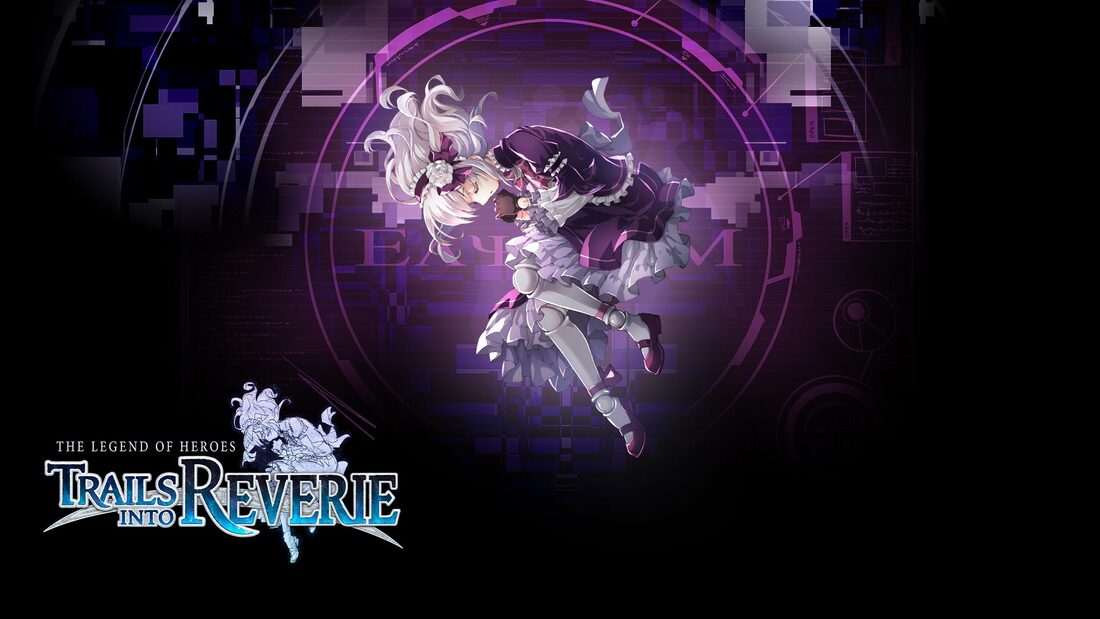




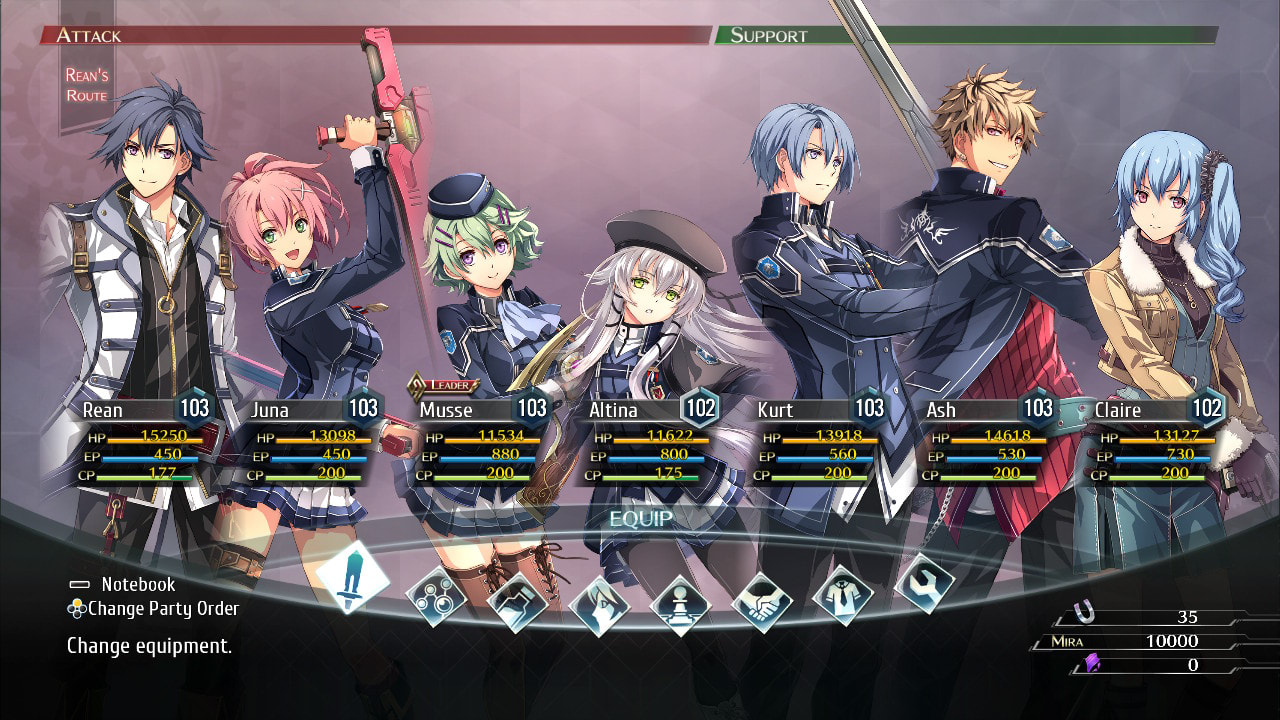
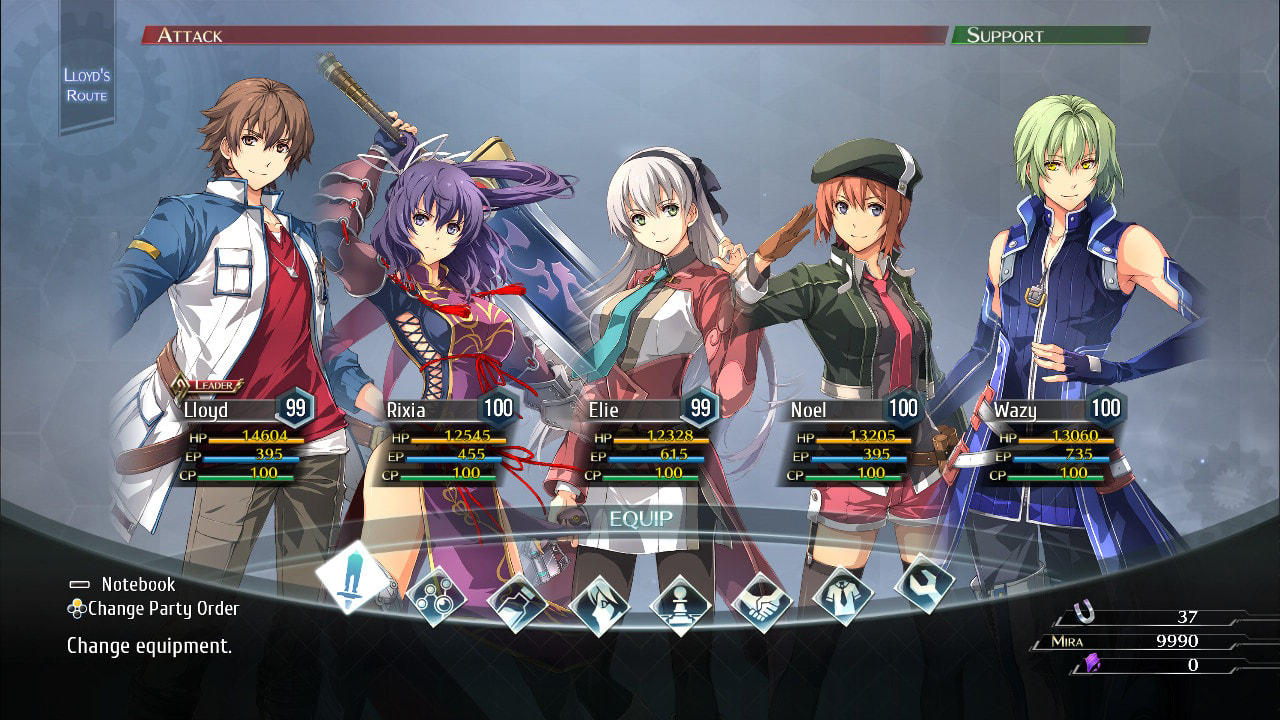
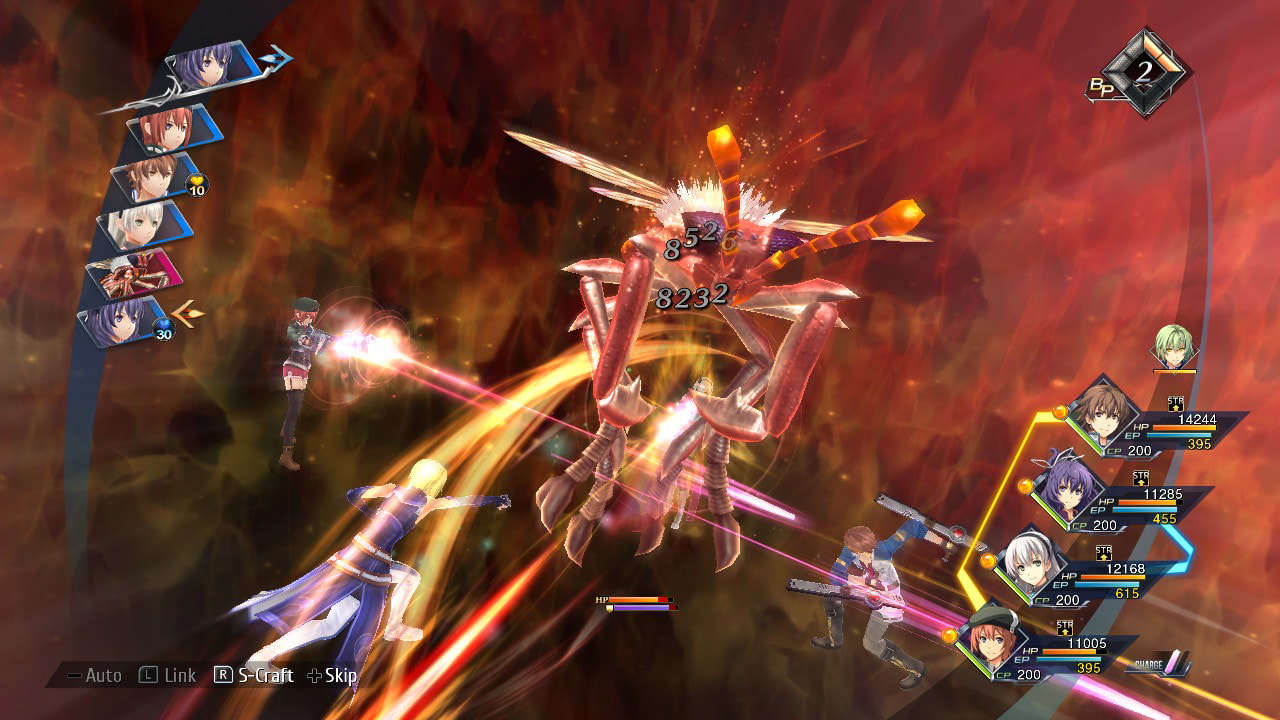
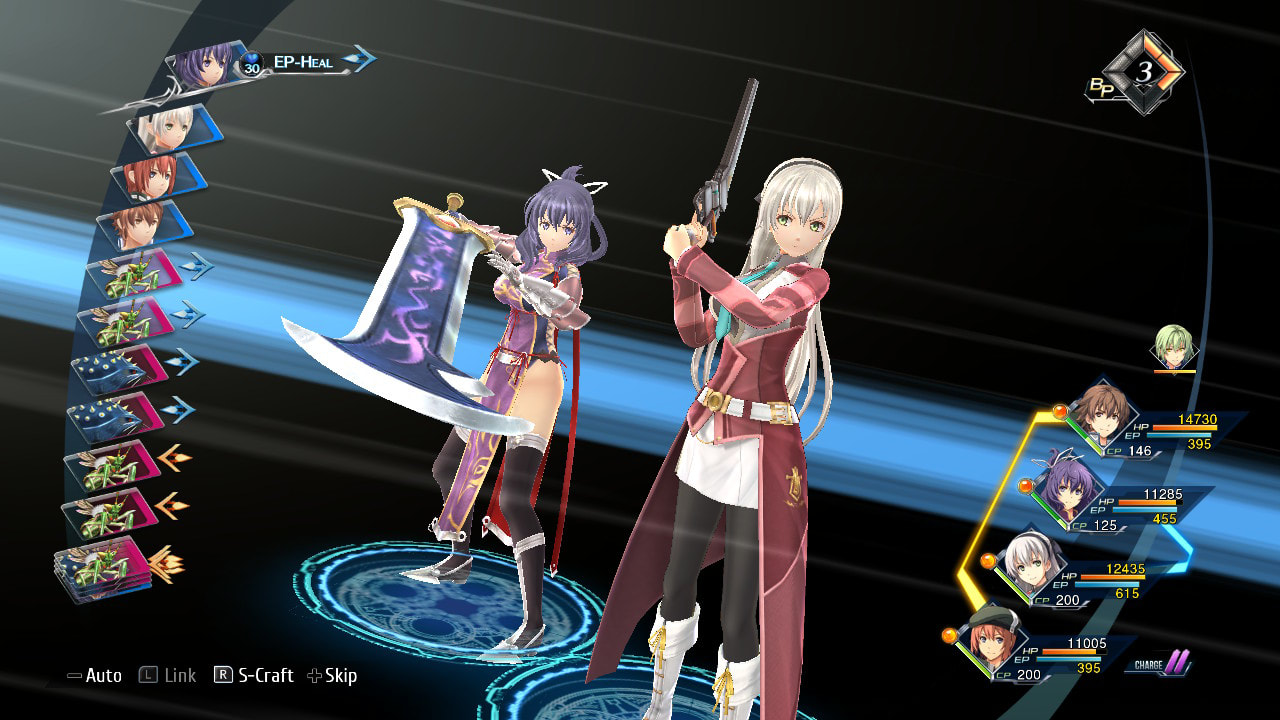
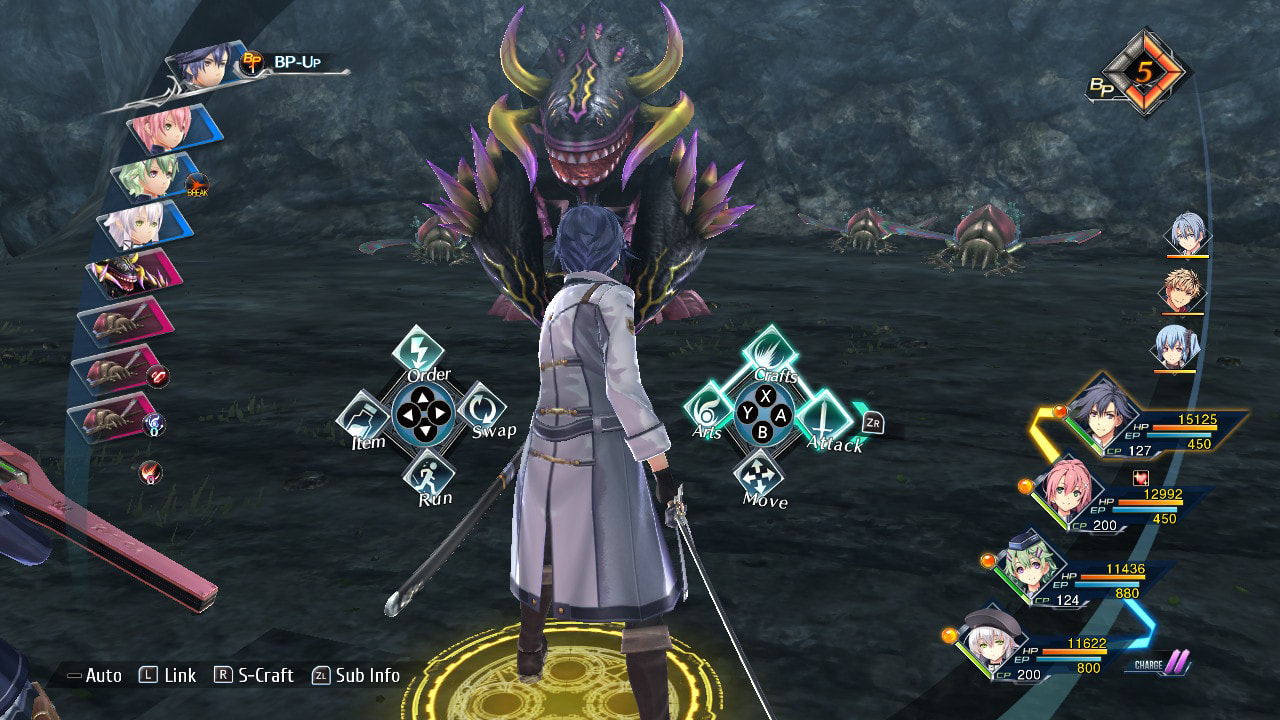

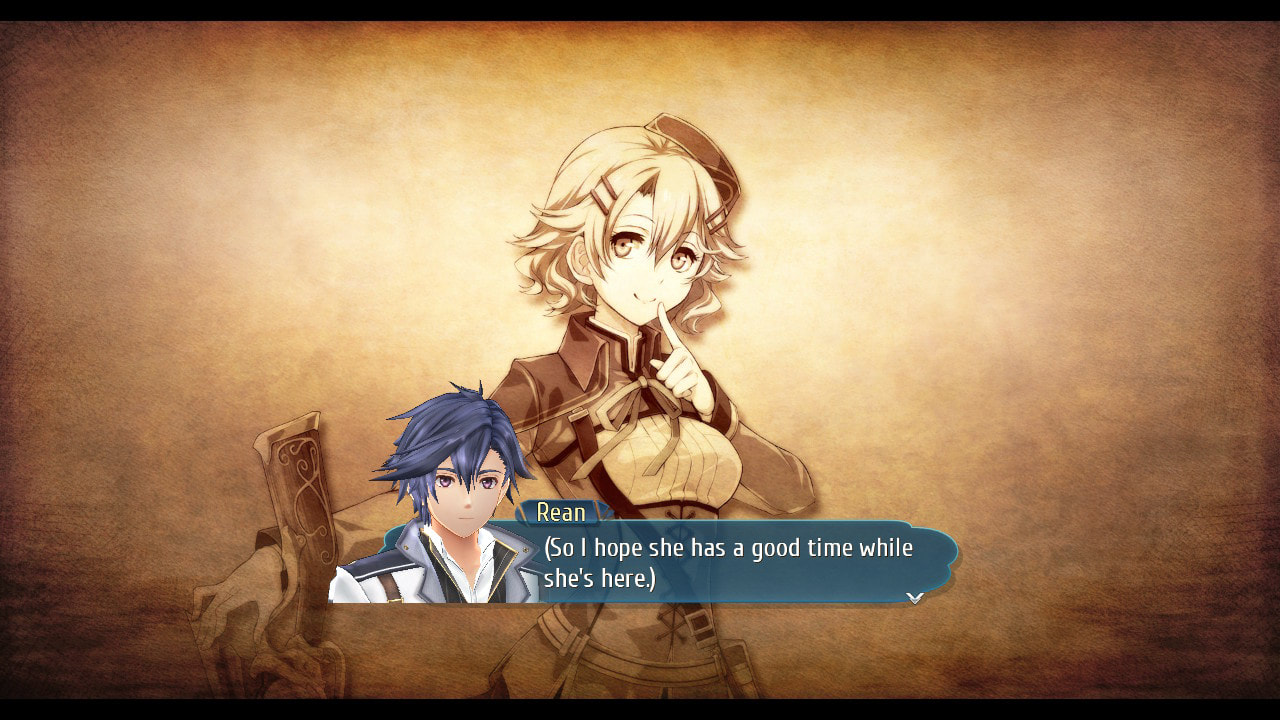
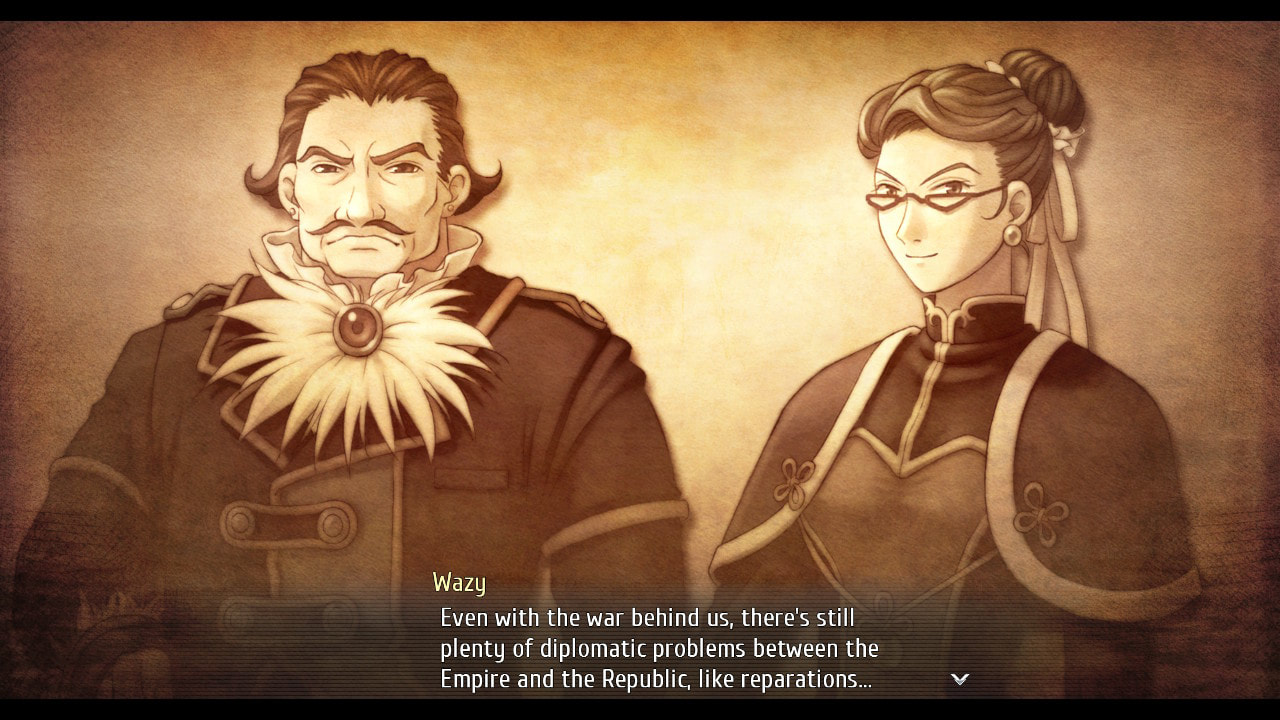
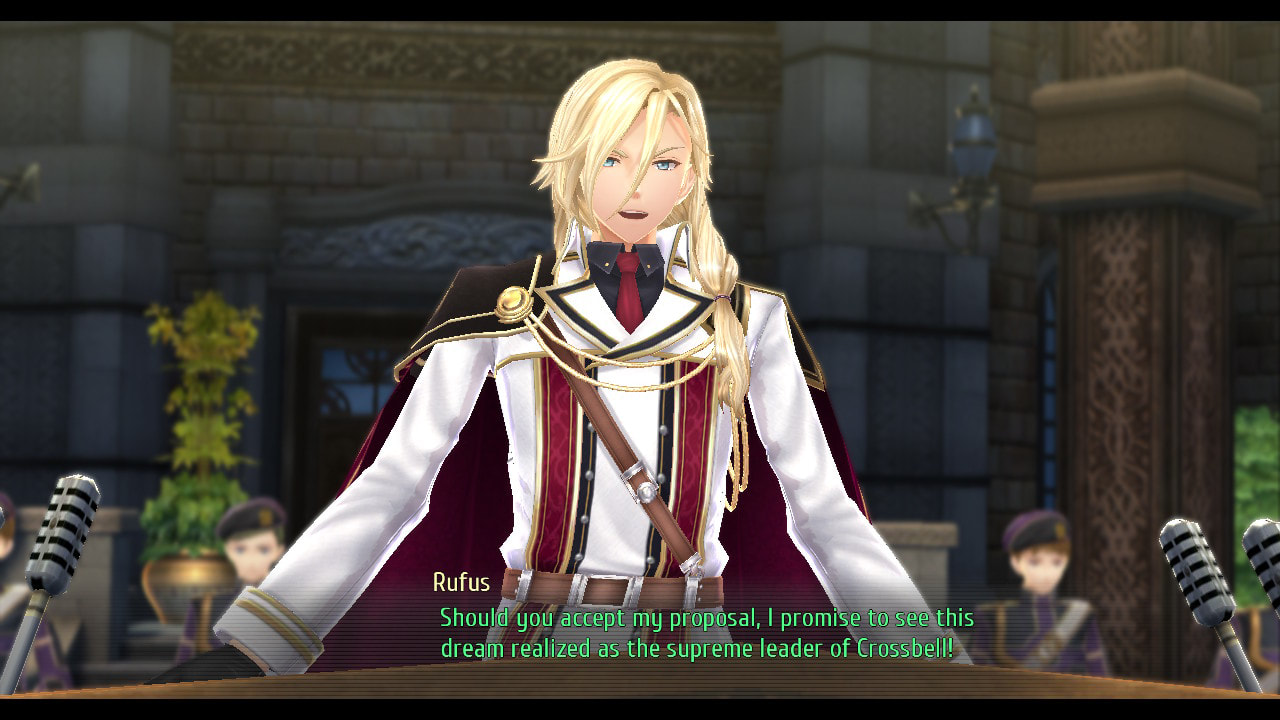
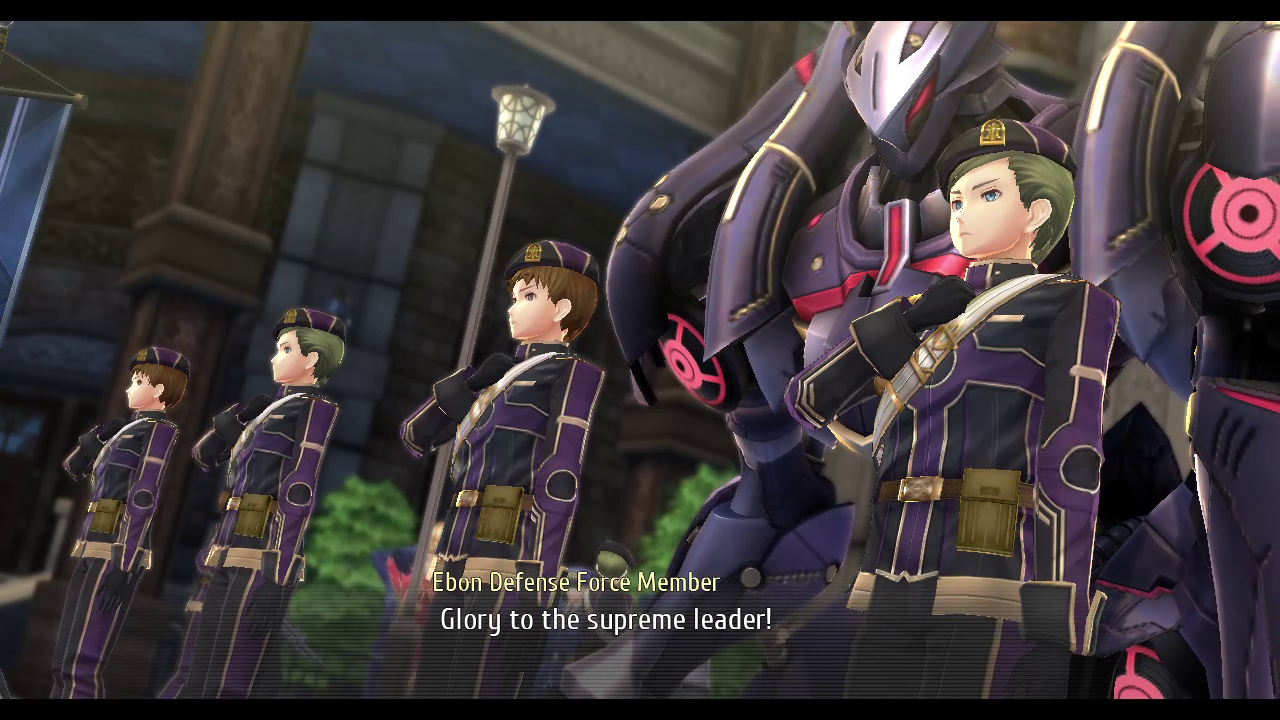
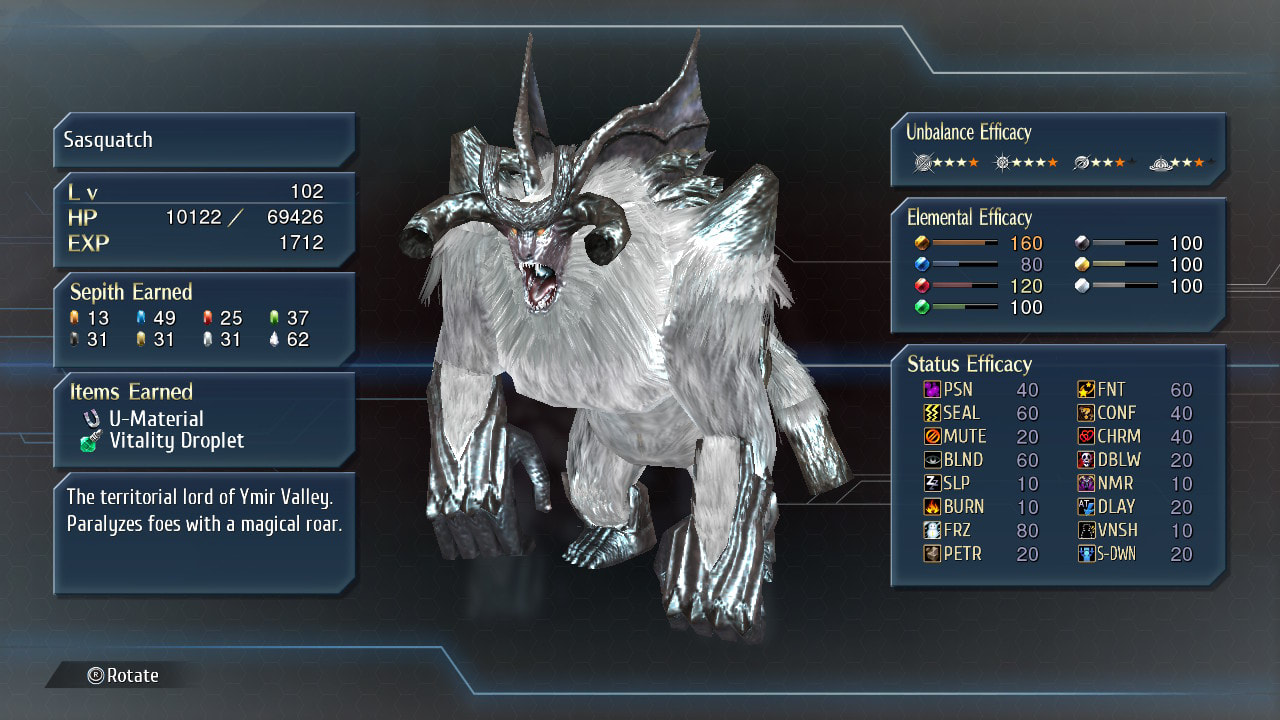

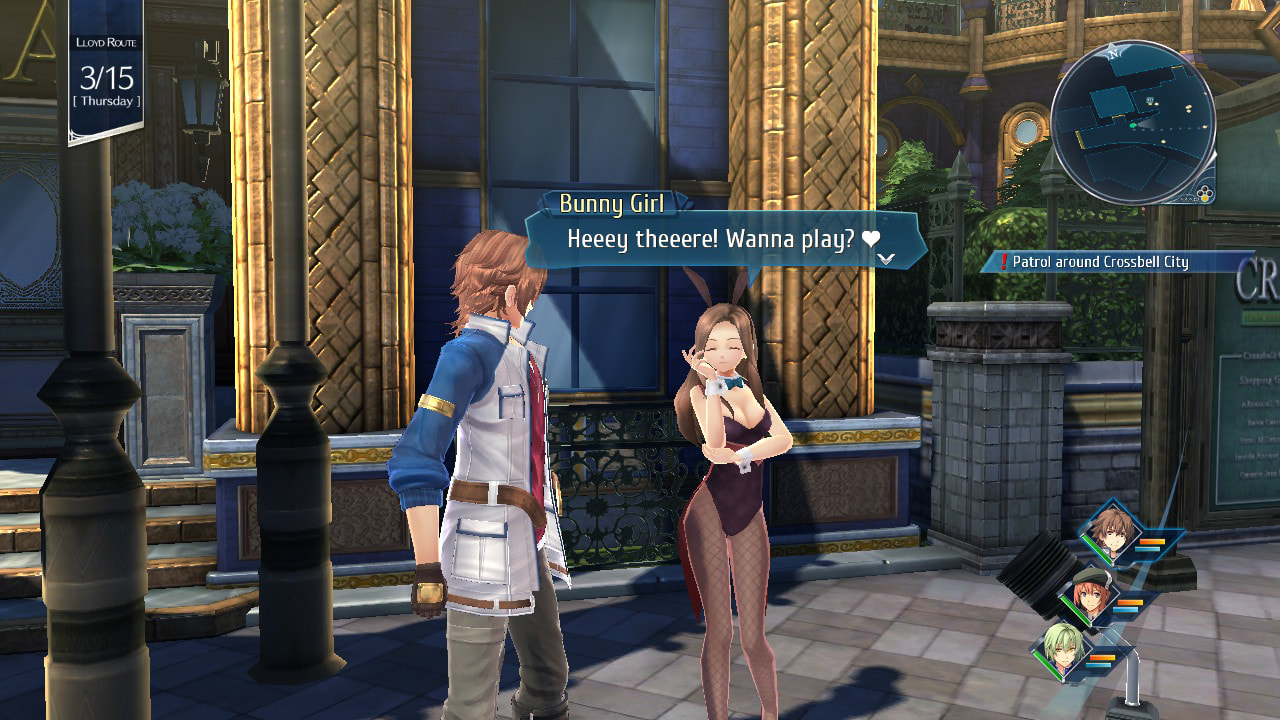
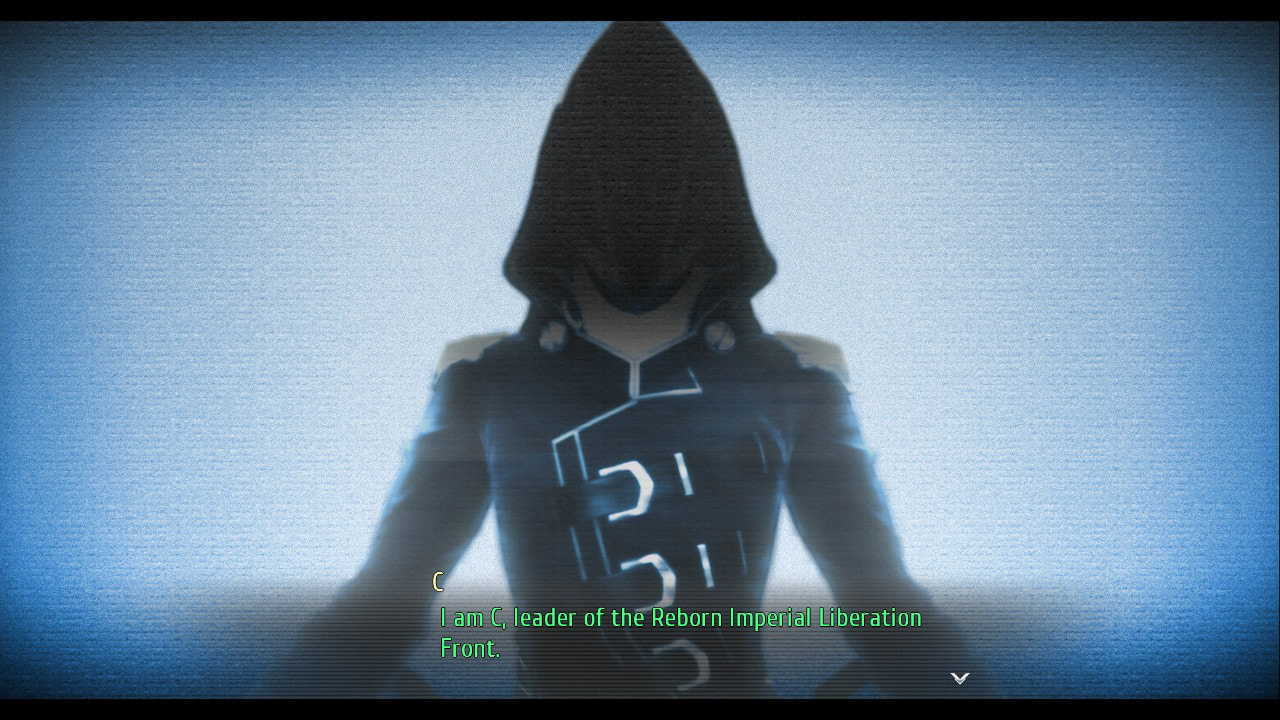
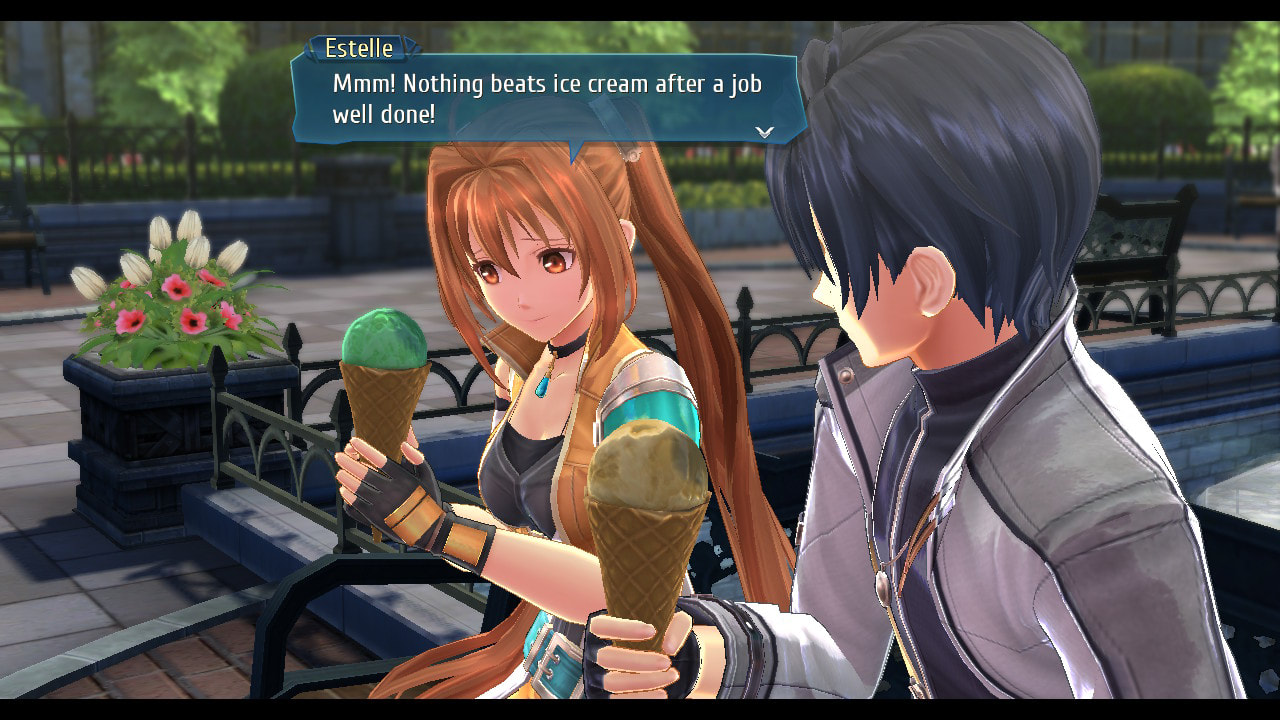

 RSS Feed
RSS Feed